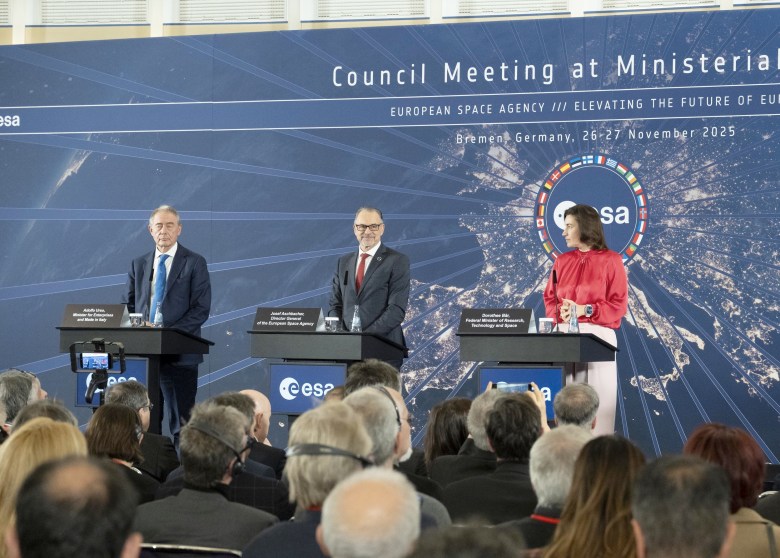07/11/2025
192 views
4 likes
As the United Nations COP30 climate change conference convenes in Belém, Brazil, the world’s attention will turn to the heart of the Amazon rainforest – a region that symbolises both hope and concern in the fight against climate change.
Once considered one of Earth’s most vital carbon sinks, the Amazon is now showing troubling signs – satellite observations reveal that parts of this vast ecosystem are no longer absorbing carbon dioxide as they once did. In some areas, the forest has even become a net source of carbon emissions.
This emerging transformation underscores a critical need: independent, reliable and continuous monitoring of greenhouse gas emissions across the globe.
As policymakers from nations around the globe gather to assess progress under the Paris Agreement – the international treaty which has set the goal of limiting global warming to 1.5°C above pre-industrial levels – they require actionable, science-based information to verify climate action, limit temperature rise and build resilience against unavoidable impacts.
The Earth observation missions developed by the European Space Agency (ESA) are providing precisely this capability – delivering independent, satellite-based evidence that makes climate accountability possible.
Through decades of Earth observation expertise, ESA is providing transparent and reliable data that enables countries to track progress and strengthen national climate action.
Central to this effort is ESA’s Climate Change Initiative, which generates long-term satellite-based datasets that satisfy Essential Climate Variables – key aspects of the climate defined by the Global Climate Observing System. These records provide climate researchers worldwide with a solid scientific foundation which can be used to inform effective mitigation and adaptation strategies.
Beyond this, through the Regional Carbon Cycle Assessment and Processes (RECCAP-2) and similar projects, ESA is delivering the research and data needed to support the implementation of the Paris Agreement.
Explore ESA’s global biomass data record



























